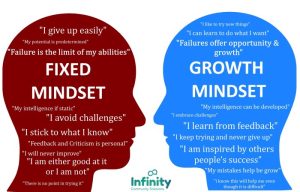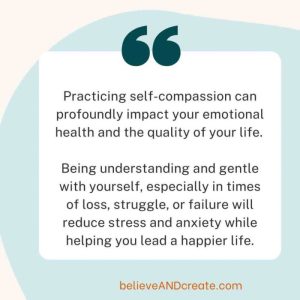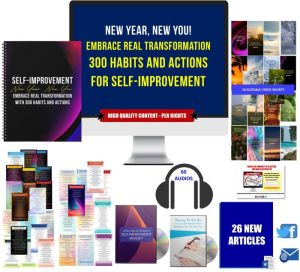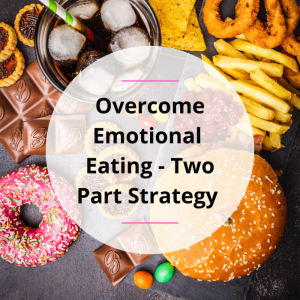Guided Mindfulness Practices A Comprehensive Guide
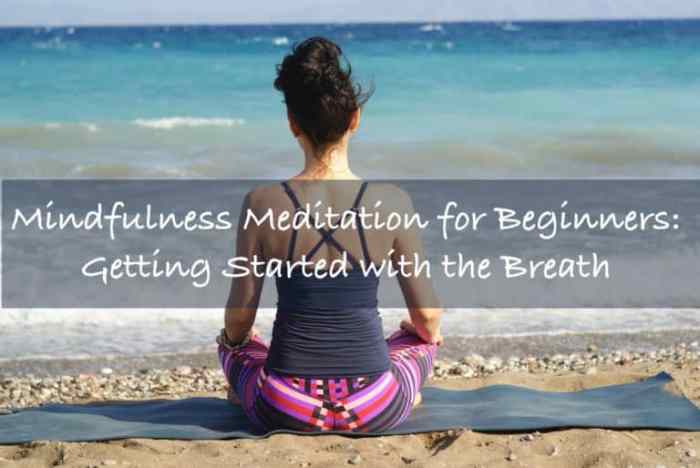
Guided mindfulness practices offer a powerful pathway to cultivate inner peace and well-being. This exploration delves into the diverse techniques, benefits, and applications of guided mindfulness, from stress reduction and anxiety management to enhancing resilience and promoting mental health. We’ll examine the neurological underpinnings of its effectiveness and explore its integration into various aspects of life, including therapy, the workplace, and personal self-care routines.
Prepare to embark on a journey of self-discovery and mindful living.
Through detailed explanations of techniques like body scans and loving-kindness meditation, we will unpack the practical applications of guided mindfulness. We will also investigate the research supporting its efficacy in addressing various mental health challenges, including depression and addiction. The guide will further illuminate how organizations and individuals can effectively incorporate these practices into daily life for lasting positive impact.
Defining Guided Mindfulness Practices
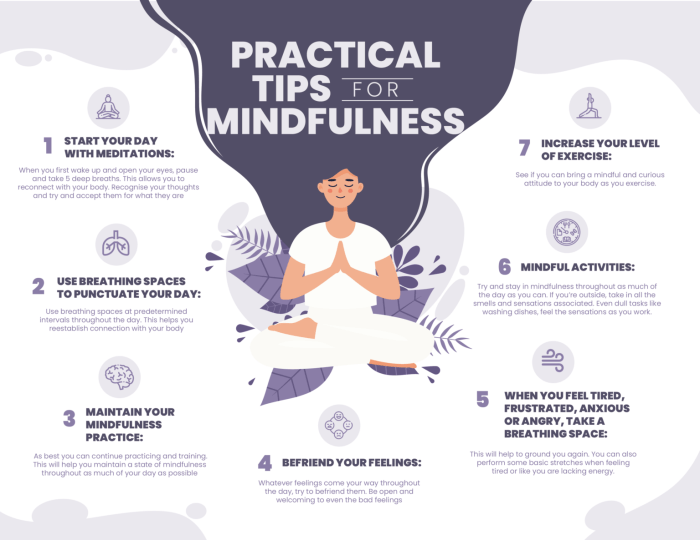
Guided mindfulness practices are structured exercises designed to cultivate present moment awareness and acceptance. They involve a trained guide, either in person or through audio/video recordings, who leads participants through various techniques to focus attention and develop mindfulness skills. These practices are increasingly utilized for stress reduction, emotional regulation, and improved overall well-being.Guided mindfulness practices are grounded in the core principles of mindfulness, including present moment awareness, non-judgmental observation, and acceptance.
The goal is to cultivate a gentle, curious attention to thoughts, feelings, and bodily sensations without getting carried away by them or engaging in critical self-evaluation. Instead of trying to change or suppress experiences, the emphasis is on observing them with a sense of openness and compassion.
Techniques Used in Guided Mindfulness
Several techniques are commonly employed in guided mindfulness practices. Each approach offers a unique pathway to cultivating mindfulness. Mindful breathing, for example, involves focusing attention on the sensation of breath entering and leaving the body. This simple yet powerful technique anchors the mind in the present moment and helps to calm the nervous system. Body scan meditation systematically brings awareness to different parts of the body, noticing sensations without judgment.
Loving-kindness meditation cultivates feelings of compassion and goodwill, first towards oneself and then extending to others, fostering a sense of connection and empathy. Other techniques might include mindful walking, mindful eating, or guided visualizations.
Comparison of Guided Mindfulness Approaches
Different guided mindfulness approaches vary in their focus and methods, leading to diverse outcomes. While mindful breathing might be particularly effective for immediate stress reduction, body scan meditation can be helpful for increasing body awareness and identifying physical tension. Loving-kindness meditation may be more beneficial for cultivating emotional well-being and reducing feelings of isolation. The effectiveness of a particular approach depends on individual preferences, needs, and goals.
Some individuals may find certain techniques easier to engage with than others. For example, individuals with body image issues might find body scan meditations initially challenging, while those struggling with self-criticism may find loving-kindness meditation particularly helpful. The best approach is often determined through experimentation and personal experience.
Benefits of Guided Mindfulness Techniques for Stress Reduction
| Technique | Target Audience | Benefits | Potential Drawbacks |
|---|---|---|---|
| Mindful Breathing | General population; individuals experiencing anxiety or stress | Reduces heart rate and blood pressure; calms the nervous system; improves focus and concentration | May require practice to maintain focus; may not be sufficient for addressing deeply rooted trauma or psychological issues |
| Body Scan Meditation | Individuals with physical tension, chronic pain, or somatic symptoms | Increases body awareness; reduces muscle tension; improves relaxation; can identify areas of discomfort | May trigger discomfort in individuals with severe physical pain; may require patience and persistence |
| Loving-Kindness Meditation | Individuals struggling with self-criticism, loneliness, or relationship difficulties | Cultivates self-compassion and empathy; improves emotional regulation; strengthens social connections | May be challenging for individuals with strong negative emotions or difficulty connecting with others; may require time and dedication |
| Guided Imagery | Individuals experiencing anxiety, stress, or trauma; those needing relaxation | Reduces stress and anxiety; promotes relaxation and sleep; can be used for pain management; can improve mood | May be difficult for individuals with vivid imaginations or those who struggle with visualization; may not be suitable for everyone |
Guided Mindfulness and Stress & Anxiety Management

Guided mindfulness practices offer a powerful approach to managing stress and anxiety. By cultivating present moment awareness, these techniques can interrupt the cycle of negative thought patterns and physiological responses associated with stress, leading to a sense of calm and improved emotional regulation. This section explores the neurological mechanisms involved, provides practical examples of guided mindfulness scripts, and Artikels how to integrate these practices into daily life for sustained stress management.
Guided mindfulness reduces stress and anxiety through its impact on the brain and body. Neurologically, regular practice has been shown to increase activity in the prefrontal cortex, a brain region associated with executive function, self-regulation, and emotional control. Simultaneously, it decreases activity in the amygdala, the brain’s fear center, reducing the intensity of the stress response. This shift in brain activity leads to a decrease in the release of stress hormones like cortisol, resulting in a calmer physiological state.
Furthermore, mindfulness cultivates a sense of self-awareness, allowing individuals to observe their thoughts and feelings without judgment, reducing the emotional reactivity that often fuels anxiety.
Examples of Guided Mindfulness Scripts for Stress and Anxiety Reduction
The following are examples of short guided mindfulness scripts designed to promote relaxation and reduce anxiety. These scripts focus on specific techniques like body scan meditations and mindful breathing exercises. Remember, these are examples, and many variations exist depending on the individual’s needs and preferences.
Example 1: Mindful Breathing for Anxiety
Find a comfortable position. Close your eyes gently. Bring your attention to your breath, noticing the sensation of the air entering and leaving your nostrils. Observe the rise and fall of your chest or abdomen. If your mind wanders, gently guide it back to your breath.
Repeat this for 5-10 minutes.
Example 2: Body Scan Meditation for Stress Reduction
Lie down comfortably. Bring your attention to your toes, noticing any sensations – tingling, warmth, coolness, pressure. Slowly move your awareness up your body, paying attention to your feet, ankles, calves, knees, and so on, all the way to the top of your head. If you notice any tension, simply acknowledge it without judgment and allow it to release.
Repeat this process for 10-15 minutes.
Integrating Guided Mindfulness into Daily Routines, Guided mindfulness practices
Consistent practice is key to experiencing the benefits of guided mindfulness for stress management. Integrating these practices into daily routines can be achieved through various strategies. This might involve dedicating specific times for formal meditation sessions, or incorporating shorter mindfulness moments throughout the day.
Strategies for integration could include:
- Morning Meditation: Start your day with a 5-10 minute guided meditation to set a calm and focused tone.
- Mindful Breaks: Throughout the workday, take short breaks to practice mindful breathing or body scan techniques.
- Mindful Movement: Incorporate mindfulness into physical activities like yoga or walking, paying attention to the sensations in your body.
- Evening Relaxation: End your day with a relaxing guided meditation to unwind and prepare for sleep.
Step-by-Step Guide for Incorporating Guided Mindfulness into a Stress Management Program
A structured approach can significantly enhance the effectiveness of integrating guided mindfulness into a broader stress management program.
- Assessment: Identify your stressors and the specific times when you experience stress or anxiety.
- Goal Setting: Establish realistic goals for your mindfulness practice, starting with short sessions and gradually increasing the duration and frequency.
- Choosing a Practice: Select guided mindfulness techniques that resonate with you, such as body scan meditations, mindful breathing, or loving-kindness meditations.
- Scheduling: Dedicate specific times in your day for your mindfulness practice and treat these appointments as non-negotiable.
- Consistency: Aim for daily practice, even if it’s just for a few minutes. Consistency is more important than duration.
- Monitoring Progress: Track your progress and adjust your practice as needed. Notice how your stress levels and overall well-being are affected.
- Seeking Support: Consider joining a mindfulness group or working with a therapist or mindfulness instructor for additional support and guidance.
Ultimately, guided mindfulness practices provide a versatile and accessible tool for enhancing mental and emotional well-being. By understanding the core principles and diverse applications explored in this guide, individuals can harness the transformative power of mindfulness to cultivate greater self-awareness, resilience, and overall life satisfaction. Whether navigating stress, seeking personal growth, or supporting mental health, guided mindfulness offers a path towards a more balanced and fulfilling life.
Embrace the journey inward, and discover the profound benefits awaiting you.
Common Queries
What are the potential side effects of guided mindfulness practices?
While generally safe, some individuals may experience initial discomfort or heightened emotions. These are usually temporary and can be managed with guidance from a qualified practitioner.
How long does it take to see results from guided mindfulness?
The timeframe varies depending on individual factors and consistency of practice. Some experience benefits immediately, while others may notice significant changes over several weeks or months of regular practice.
Is guided mindfulness suitable for everyone?
While generally beneficial, individuals with certain severe mental health conditions should consult with a healthcare professional before starting guided mindfulness practices.
Can guided mindfulness replace traditional therapy?
No, guided mindfulness is a complementary tool and should not replace professional therapy for serious mental health conditions. It can, however, be a valuable addition to traditional treatments.
